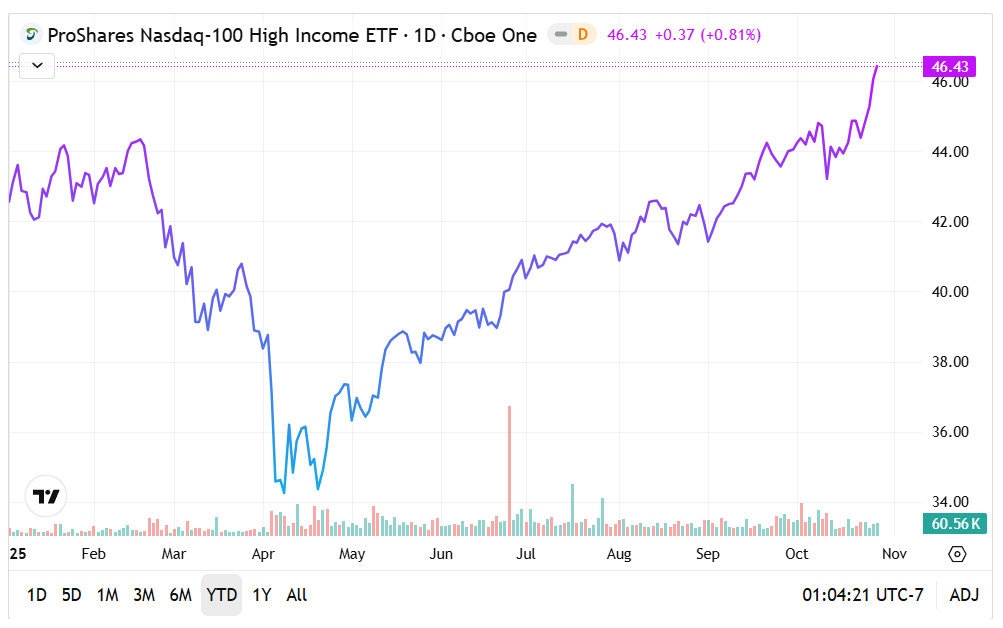
Ever since the challenges of the COVID-19 pandemic, a key headwind that has stymied multiple administrations is inflation. Sure, the economy has been able to bounce back from the worst of the crisis, but the response wasn't free of consequence. Like a calculated gambit in chess, policymakers essentially sacrificed materiel for positional gain.
Based on the latest developments, the gamble may have paid off.
According to the latest CPI report, price pressures edged up in September but at a slower-than-expected pace. Furthermore, key inflation metrics reinforced the Federal Reserve's current dovish stance on monetary policy, thereby fueling optimism in the equities arena.
Specifically, the headline CPI figure rose 3% on a year-over-year basis, according to the Bureau of Labor Statistics. Due to the government shutdown, the report was finally released following a nine-day delay.
To be fair, the latest data represented the highest annual reading since January. However, economists had anticipated a print of 3.1%. Moreover, the increase in inflation was a modest one compared to the 2.9% seen in August.
On a monthly basis, the CPI increased 0.3%, slowing from August's 0.4% gain and coming in short of consensus expectations. Interestingly, core CPI — which excludes volatile food and energy components — also slipped below what experts were anticipating.
Prior to the CPI disclosure, the equities market was quite choppy. However, following the critical economic print, traders who had been positioning for the Fed to maintain its rate-cutting path received validation for their thesis.
The ProShares ETF: The latest development also presents a wrinkle for investors, especially for those focused on passive income. In the earlier paradigm of high inflation, the Fed addressed this matter with a generally hawkish monetary policy. This dynamic benefited savers as it meant that the risk-free yield represented by U.S. Treasuries was historically elevated. But with a lower benchmark interest rate, newly issued government bonds are simply less valuable than higher-yielding bonds.
Such an environment puts income holders in a challenging situation as they must expose themselves to greater risk for a higher yield. In response to this dilemma, financial services provider ProShares introduced a new exchange-traded fund, the ProShares Nasdaq-100 High Income ETF (NASDAQ:IQQQ).
At its core, the IQQQ ETF stands apart from most funds thanks to its emphasis on generating strong yields. Rather than diving into excessive technical detail, it's worth noting that this outcome is achieved through total return swap agreements with large institutional counterparties. These counterparties effectively execute the daily covered-call strategy and are responsible for delivering IQQQ's performance outcomes.
Another element that differentiates the fund is its pursuit of high yields alongside what ProShares describes as attractive long-term total return potential. Naturally, any product offering elevated income must accept a tradeoff — namely, limited upside potential. This is because the fund's income comes from selling call options to other investors, effectively giving up part of the possible future gains in exchange for upfront cash flow.
Fundamentally, the distinguishing strength of IQQQ lies in how it manages this tradeoff. By writing options daily instead of monthly, the ETF can more efficiently harvest volatility, which helps balance yield generation with residual capital appreciation opportunities.
Additionally, the ProShares Nasdaq-100 High Income ETF appeals to investors seeking consistency, offering monthly distributions that may align neatly with recurring expenses or income needs.
Still, investors should remain aware of potential drawbacks. IQQQ should not be mistaken for a defensive vehicle — a significant decline in the Nasdaq-100 could result in equally sharp losses. The reliance on swap agreements introduces counterparty risk, and the fund's distributions may fluctuate based on broader market conditions and volatility trends.
The IQQQ ETF: Since the beginning of the year, the IQQQ ETF gained about 9%. However, momentum has accelerated during the half-year period, with the income fund moving up over 24%.
- Previously, the IQQQ ETF's price action was riding the 20-day exponential moving average. But in the past three sessions, several gap-up sessions drove the ETF 4% above this benchmark.
- Volume levels, while not particularly pronounced, have been relatively stable compared to prior months, which bulls may find to be an encouraging signal.
- On weekly basis, IQQQ appears to be charting an ascending trend line. In the past 10 weeks, seven weeks represented net accumulative sessions.

Featured image by Nattanan Kanchanaprat on Pixabay.







